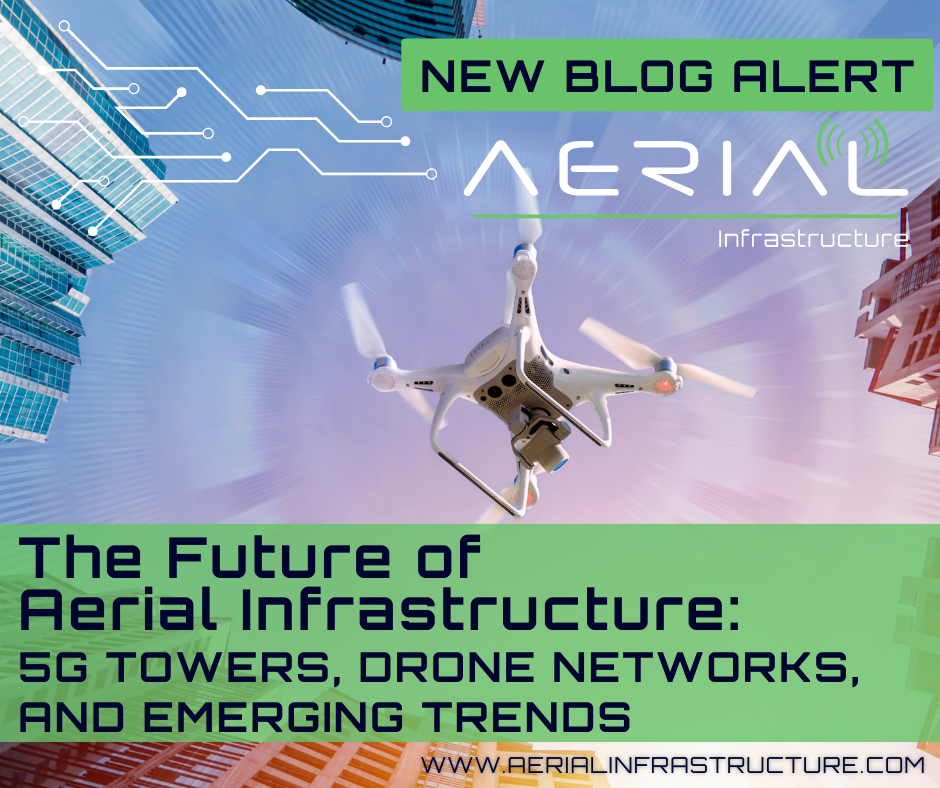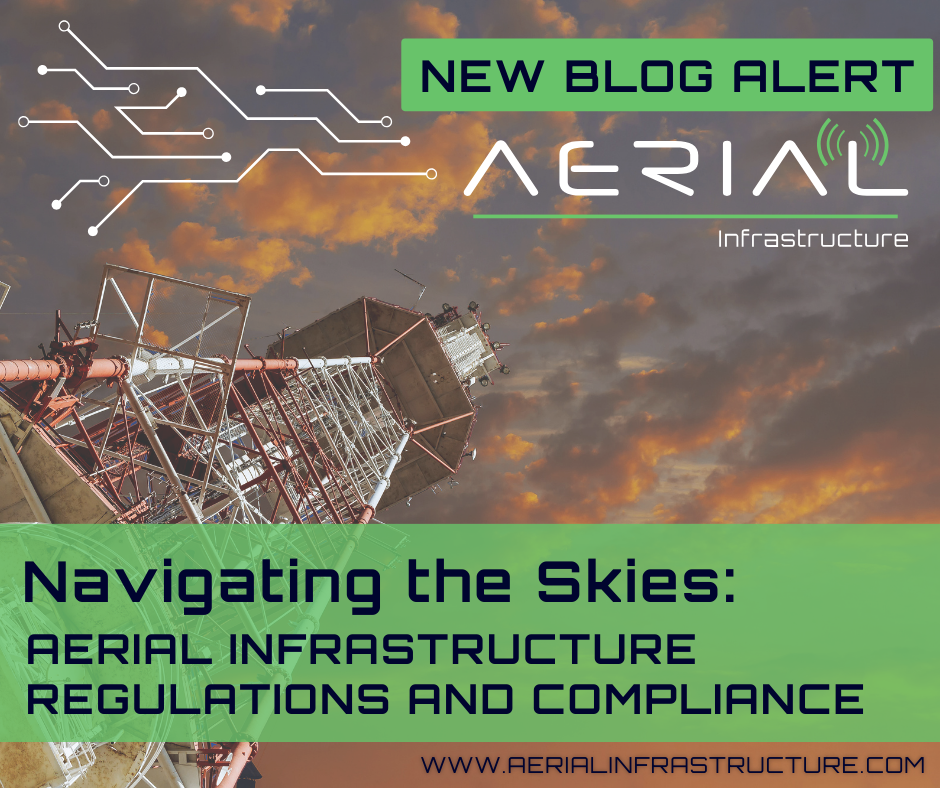
The Future of Aerial Infrastructure: 5G Towers, Drone Networks, and Emerging Trends
The future of aerial infrastructure is evolving at an unprecedented pace, driven by technological advancements that promise to revolutionize our connectivity and communication capabilities. In this blog, we’ll delve into the emerging trends and technologies shaping the world of aerial infrastructure, from the proliferation of 5G towers to the integration of drone networks. These trends are not only reshaping our skies but also influencing how we stay connected and access critical services.
5G Towers: Revolutionizing Connectivity:
The rollout of 5G networks is reshaping the aerial infrastructure landscape. 5G technology promises blazing-fast speeds, reduced latency, and the ability to support many devices simultaneously. To achieve this, the deployment of 5G towers and small cells is becoming increasingly dense, especially in urban areas. These towers are essential for delivering the full potential of 5G, enabling smart cities, IoT applications, and enhanced mobile experiences.
Drone Networks: A New Era of Inspection and Maintenance:
Drones are no longer just recreational gadgets; they are transforming how we inspect and maintain aerial infrastructure. Equipped with high-resolution cameras and advanced sensors, drones can efficiently assess the condition of communication towers, power lines, and other structures at heights. This trend is enhancing safety, reducing costs, and accelerating maintenance processes, making it a game-changer for the industry.
Satellite Internet Constellations: Global Connectivity:
Satellite internet constellations are on the horizon, promising global connectivity, especially in remote and underserved areas. Companies are launching thousands of low Earth orbit (LEO) satellites to provide high-speed internet access. As these constellations become operational, they will require advanced ground-based infrastructure to bridge the gap between satellite and terrestrial networks.
Environmental Sustainability: Going Green:
Aerial infrastructure is increasingly focused on sustainability. The industry is adopting renewable energy sources, such as solar and wind power, to reduce its carbon footprint. Implementing eco-friendly practices and minimizing ecological impact are standard considerations in infrastructure projects.
Security and Resilience: Protecting Critical Assets:
As reliance on aerial infrastructure grows, ensuring security and resilience is paramount. Protecting infrastructure from physical and cyber threats is a priority. Enhanced security measures, redundancy planning, and fortifying infrastructure are essential to guarantee uninterrupted services, even during unforeseen events.
Edge Computing: Reduced Latency, Enhanced Applications:
Edge computing, which processes data closer to the data source, is gaining momentum. To support edge computing applications like autonomous vehicles and augmented reality, aerial infrastructure is evolving to include edge data centers and computing facilities. This trend reduces latency, enabling real-time processing for mission-critical applications.
The future of aerial infrastructure is filled with promise and innovation. These trends, from the rapid expansion of 5G networks to the use of drones for inspections, are driving significant changes. Sustainability, security, and edge computing will continue to influence the industry’s evolution, ensuring that our aerial infrastructure is not only connected but also environmentally responsible and resilient.
Staying informed about these trends is crucial for businesses, communities, and individuals as we navigate this dynamic and ever-changing landscape. Aerial infrastructure is on the brink of a remarkable transformation, and the sky’s the limit.




